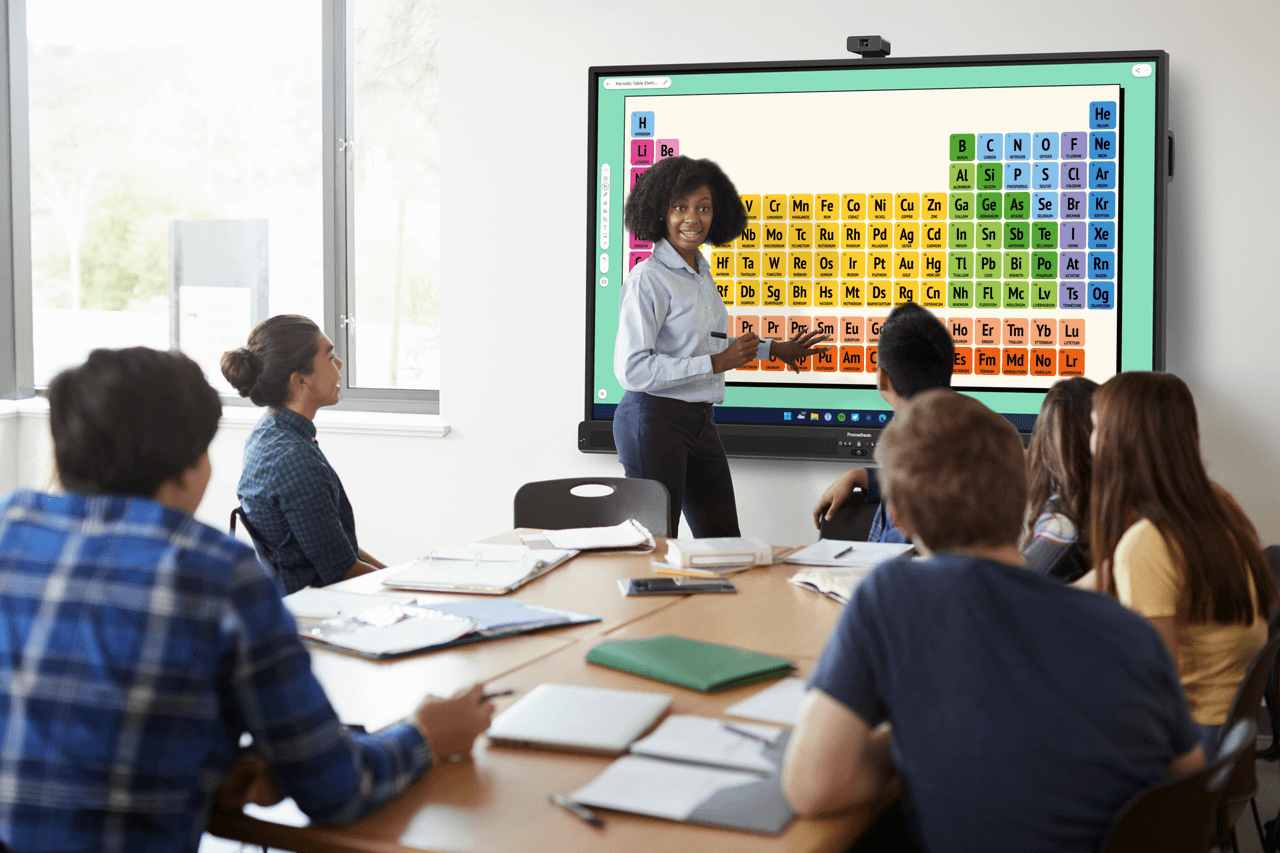Published on August 5th, 2022
Learning Fatigue Explained
4 minute read

Learning fatigue wasn’t just a lockdown issue. Find out how you can address it and keep your instructional experience engaging for students.
Learning fatigue and student engagement came to the forefront during remote learning, when students were thrown into a learning experience outside their usual classroom environment. Ensuring students are stimulated and motivated has since become an integral driver of schools’ ongoing recovery from this disruption and learning loss.
With an individual student’s participation and engagement often influenced by their peers, learning fatigue can be more detrimental to the entire classroom. It’s therefore essential to monitor and act against it to secure learning outcomes. So, how can educators avoid learning fatigue setting in, and reinvigorate students’ engagement?
What is learning fatigue?
Drops in engagement can manifest whenever teaching lacks variety, and differentiated learning styles and mixed-ability students aren’t adequately supported. Fatigue sets in when teachers employ one pedagogical approach rather than a dynamic instructional experience. While many educators were forced to rely on lectures and one-way methods of teaching when they had to pivot online, they now have an opportunity to bolster students’ engagement with the return to in-person teaching.
Overwhelmed educators often resort to traditional instruction styles. But an overly repetitive classroom experience makes students withdraw, become more passive and less likely to retain information. The most challenging periods of the school year are deep into the term when routines are well-worn, and exam season when students get lost in review mode. Educators should be attentive to the signs of disengaged students, but how can teachers alleviate learning fatigue?
How to combat learning fatigue
The conventional classroom setup of rows of desks facing the front creates a rigid and inflexible environment. Other formats, such as a rounded classroom that opens up space for class-wide discussions and group work, lend themselves to interactivity and differentiated learning, so students can get the most out of their classroom experience.
Cultivating a classroom community is another effective way to break up static learning. Group activities encourage bonding and understanding between students, confidence-building interactions with peers, and time for reflection. When students collaborate and bounce ideas off each other, they share energy and an interest in learning. Classroom community is part of teaching social-emotional learning (SEL), giving students an awareness of how they interact with and respond to others.
Edtech is a particularly valuable tool for accelerating students’ learning recovery. It provides resources that support differentiated learning and activities that encourage creativity. Student devices harness their digital nativity for a hands-on way of exploring concepts brought to life through 3-D demonstrations. Likewise, livestreaming on a large-format front-of-class display, like the ActivPanel, transports students outside the classroom to get a closer look at topics covered in history, science, and social studies lessons.
By using several of these methods, teachers keep their students engaged and active in their education.




